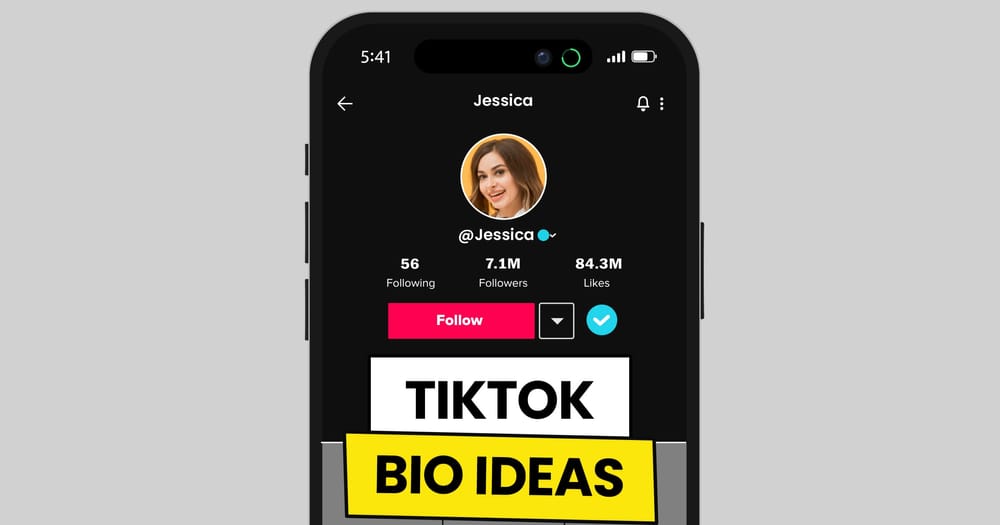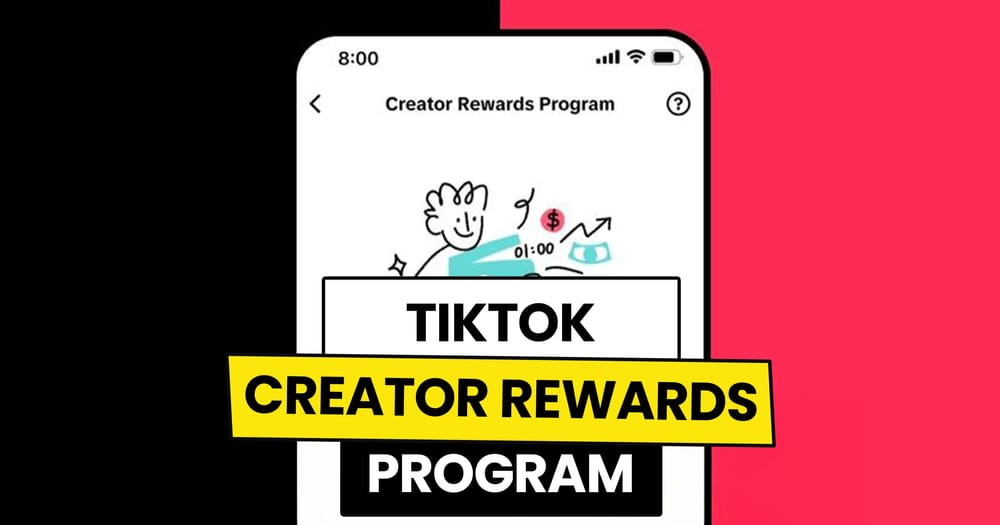Social media comments in the last few years have evolved into powerful tools for engagement and connection. They offer brands and creators a unique opportunity to interact with their audience, build communities, and drive meaningful conversations.
However, replying to comments is not just about responding, it's about understanding each platform, being authentic, and strategically measuring your impact.
In this post, we’ll explore the essential dos and don’ts of social media commenting, and why you should bother responding to your comments. Let's dive in!
1. What Is the Role of Comments in Social Media?
2. How Do You Craft Engaging and Authentic Comments?
3. How Do You Tailor Comments for Different Platforms?
4. What Are the Dos and Don’ts of Social Media Commenting?
What Is the Role of Comments in Social Media?

Comments are pivotal in fostering interaction, building communities, and driving engagement.
Comments create a two-way conversation, transforming passive content consumption into active participation. For users, they provide a space to express opinions, ask questions, and engage with both creators and fellow followers.
For brands and creators, comments offer invaluable feedback and insights. Whether it’s product reviews, content suggestions, or general feedback, comments allow businesses to gauge their audience’s preferences, fine-tune their strategies, and respond in real time.
Plus, comments boost visibility on social platforms. Algorithms prioritize content that sparks engagement, meaning posts with active comment sections are more likely to appear in users’ feeds. A study analyzing over 14 million tweets found that engagement features, including replies and comments, are critical in predicting social media engagement.
How Do You Craft Engaging and Authentic Comments?
Crafting authentic and engaging comments is key to building real connections with your audience. Just like in brand messaging, communication plays a crucial role. Here’s how you can make sure your comments stand out and resonate with your followers.
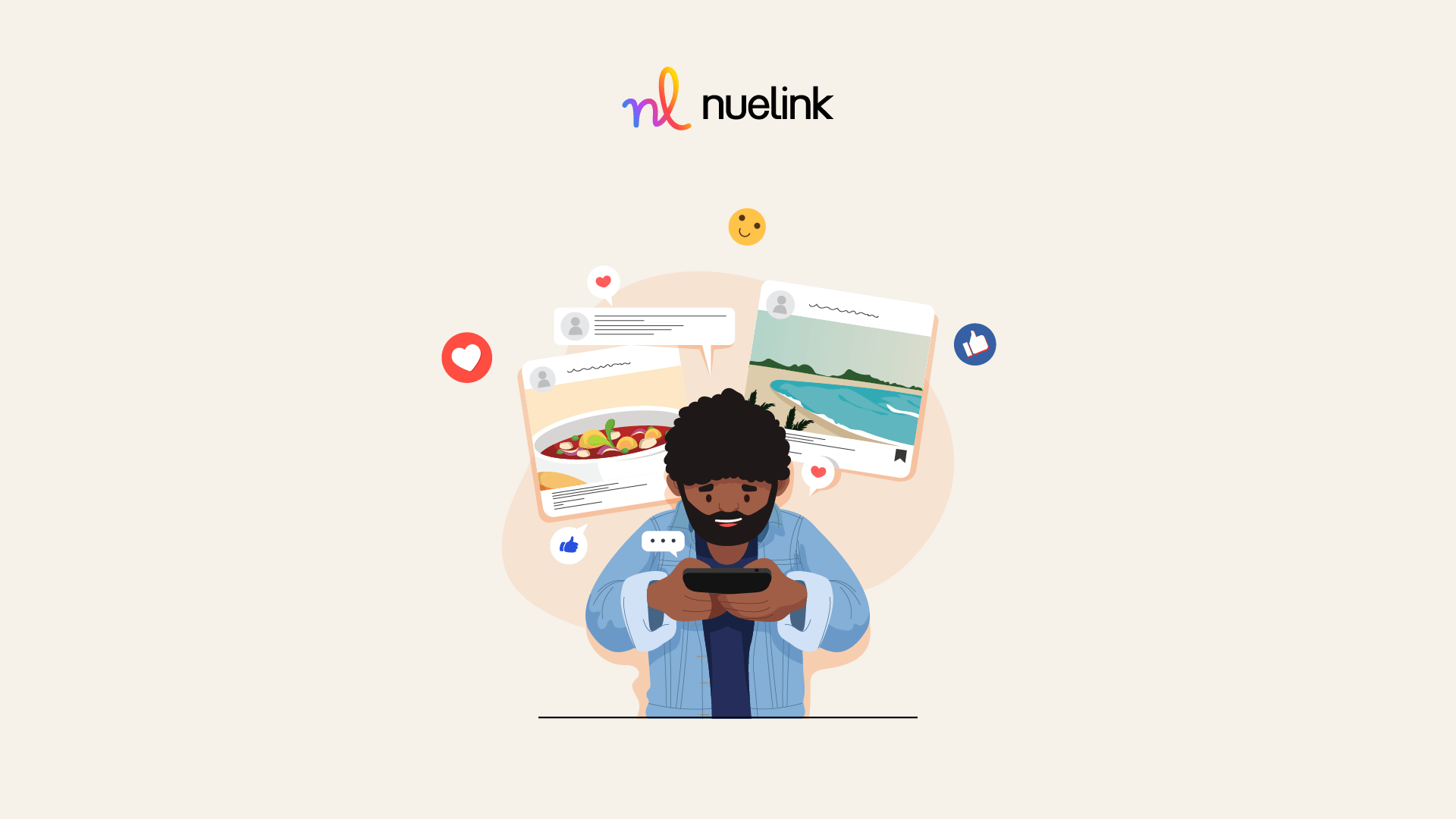
Be Transparent and Honest
Transparency is essential when responding to comments. Clearly communicate your brand's values and beliefs, and if you make a mistake, own it. Avoid hiding behind vague or overly corporate responses.
Instead, focus on being straightforward, genuine, and approachable. Your audience values honesty and can sense when a comment lacks authenticity.
Keep It Personal
Engaging comments go beyond the surface. Take the time to respond with personal insights or thoughtful feedback. Acknowledge your audience’s opinions, share relatable stories, and connect on a human level.
Whether you’re thanking a user for their support or addressing a concern, adding a personal touch creates a lasting impact.
Show Vulnerability
Don’t be afraid to admit when something isn’t perfect. Showing vulnerability can humanize your brand and make your audience feel more connected. Being open and real in your comments will foster a deeper connection with your followers.
Avoid Generic Replies
To stand out, avoid generic responses and ask follow-up questions, add value to the conversation, or offer insights that spark further discussion. This shows that you’re truly invested in what your audience has to say.
How Do You Tailor Comments for Different Platforms?
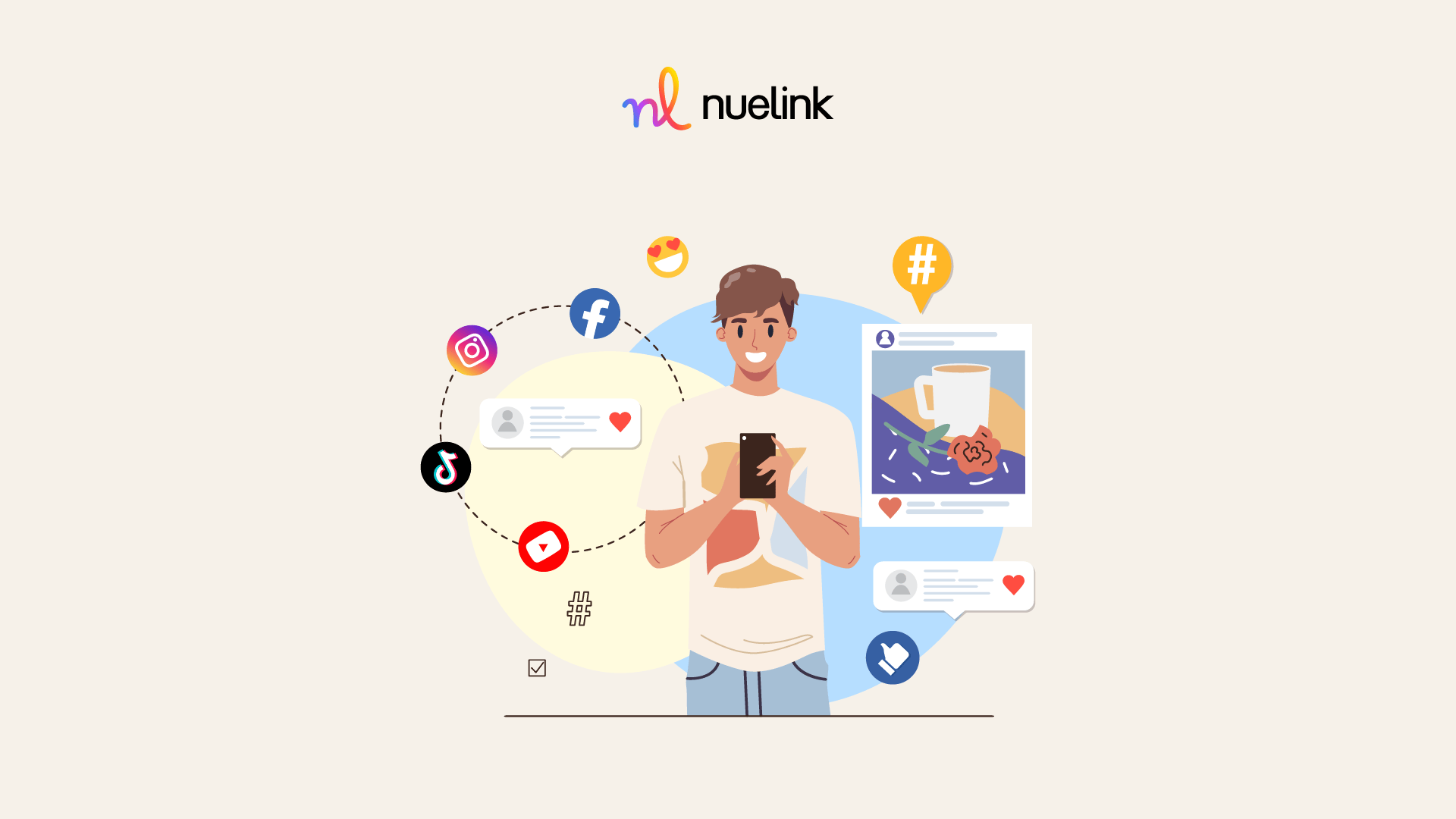
Each platform has its own tone, style, and user expectations, so it’s important to adjust your approach accordingly. Here's how to craft platform-specific comments that stand out.
Instagram: Keep It Short, Visual, and Friendly
On Instagram, comments should be brief and friendly. Users here value quick, lighthearted interactions, so keep your responses concise, engaging, and often playful. Emojis are a great way to add personality to your comments, and mentioning specific details in the post or caption will show you’re paying attention.
Twitter: Be Direct and Relevant
Twitter thrives on fast-paced, to-the-point conversations. Given the character limit, your comments should be direct while still keeping a conversational tone. Engaging with trending topics, using relevant hashtags, and even retweeting with comments are all effective strategies here.
Facebook: Thoughtful and Detailed
Facebook users appreciate more in-depth, thoughtful comments. Since the platform allows for longer responses, don’t be afraid to dive into discussions or provide detailed answers. This is also a great place to ask follow-up questions to keep the conversation going.
LinkedIn: Professional and Insightful
On LinkedIn, comments should maintain a professional tone while offering value. Users here are looking for insights and thought leadership, so your responses should provide depth and demonstrate expertise.
TikTok: Fun and Relatable
TikTok is all about humor, relatability, and trends. When commenting, keep things light and fun, and try to incorporate the platform’s trends, challenges, or popular phrases. Authenticity and a bit of humor go a long way in this space.
@nuelink It’s just a post typo, not the end of the world! Tell that to my ego now! #memetiktok #funnymoments😂 #emotionaldamage #socialmediacreatorlife #socialmediamanagerlife ♬ original sound - meow
Managing multiple social media platforms can be overwhelming, especially when tracking comments. But with a comprehensive tool like Nuelink, you can streamline the process by seeing and responding to all comments from different platforms in one place, along with a bunch of other features.
What Are the Dos and Don’ts of Social Media Commenting?
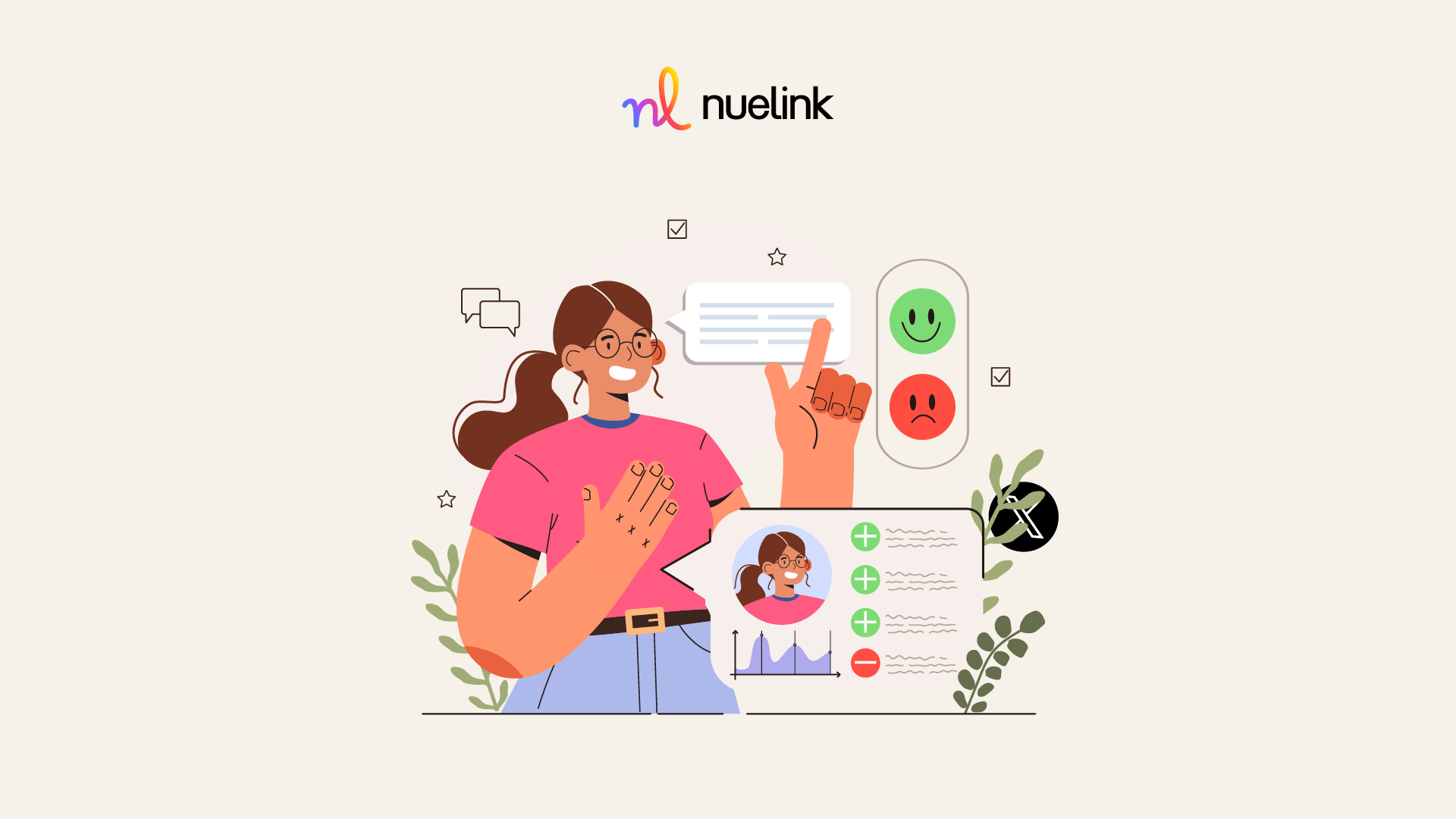
Adhering to some basic dos and don’ts can do so much good for your brand, here’s a quick guide to keep your commenting strategy on point.
The Dos
- Do take the time to respond to comments and messages. Engaging with your audience shows that you value their input and are genuinely interested in building a community.
- Do be genuine in your responses and let your brand's personality shine through. Share stories, insights, or relatable experiences that resonate with your audience and foster a deeper connection.
- Do tailor your language and tone to match the platform and audience. Use professional language on LinkedIn, keep it casual on Instagram, and stay respectful across all channels.
- Do keep an eye on your comment sections to respond promptly and address any issues or negative feedback. Monitoring helps you stay engaged with your audience and can prevent minor issues from escalating.
The Don’ts
- Don’t ignore criticism. Instead, address negative comments with grace and professionalism. Acknowledge concerns, apologize if necessary, and offer solutions.
- Don’t rely solely on automated responses. Make sure to add a human touch by personalizing your comments when possible. There is a balance between the two that you need to strike.
- Don’t engage in arguments. Keeping a cool head protects your brand’s reputation and keeps the conversation constructive.
- Don’t spam and avoid excessive self-promotion or repetitive comments. Focus on meaningful interactions rather than pushing products or services constantly.
Engaging authentically with your audience not only fosters community but also provides insights into their preferences and feelings.
Tracking metrics like likes, replies, and shares, can help you assess how well your comments resonate. Ultimately, the right approach to commenting can significantly enhance your social media presence and engagement.





